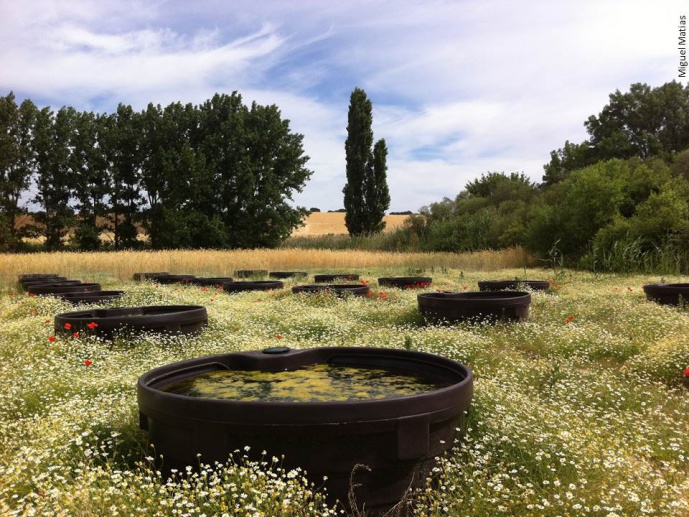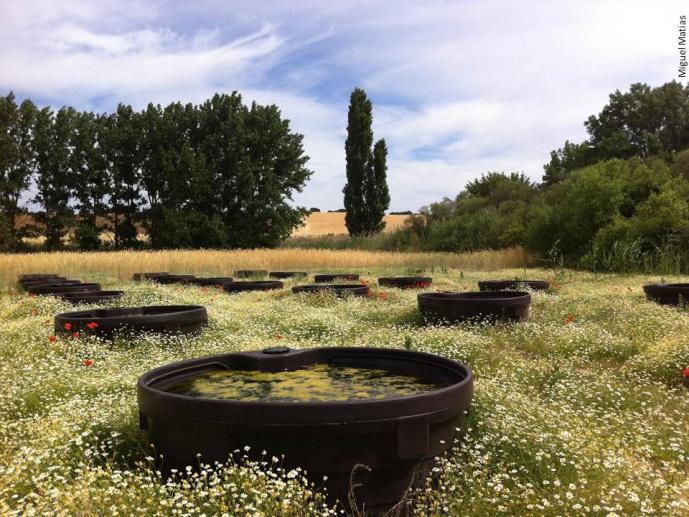INALENTEJO - Fostering sustainable agricultural landscapes by integrating habitat loss, fragmentation and climate change in the Alentejo region- Biodiversity conservation in a changing world
The purpose of this ongoing project is twofold. First, trying to determine the role of landscape structure (set by landscape composition and configuration) at explaining patterns of biodiversity in human-impacted Mediterranean woodland forest. Second, by using such information, both to identify ways to improve farm management to help agriculture remain productive, profitable and environmentally sustainable into the future and to allow the co-existence of human infrastructures and wildlife values through the identification of key areas for species establishment and movement. Study species include vertebrate species such as birds, bats and middle-sized carnivores. Specifically, the INALENTEJO project pursues:
- understanding the synergistic effects of habitat loss, fragmentation and land-use patterns on vertebrate communities
- determining connectivity patterns for a vertebrate community and establishing priority areas for conservation actions
- minimizing impacts of existing and future roads on wildlife populations
Additionally, the INALENTEJO project seek to to go over the effects of global change at the species and community-level by uncovering subsequent impacts on ecosystem processes mediated by interactions among species, and in turn, ecosystem functioning. This includes the study of seed dispersal by middle-sized carnivores, which is a crucial step along the plant regeneration cycle by determining the distribution, dynamics and genetic structure of pant populations and communities.
Giovanni Manghi


